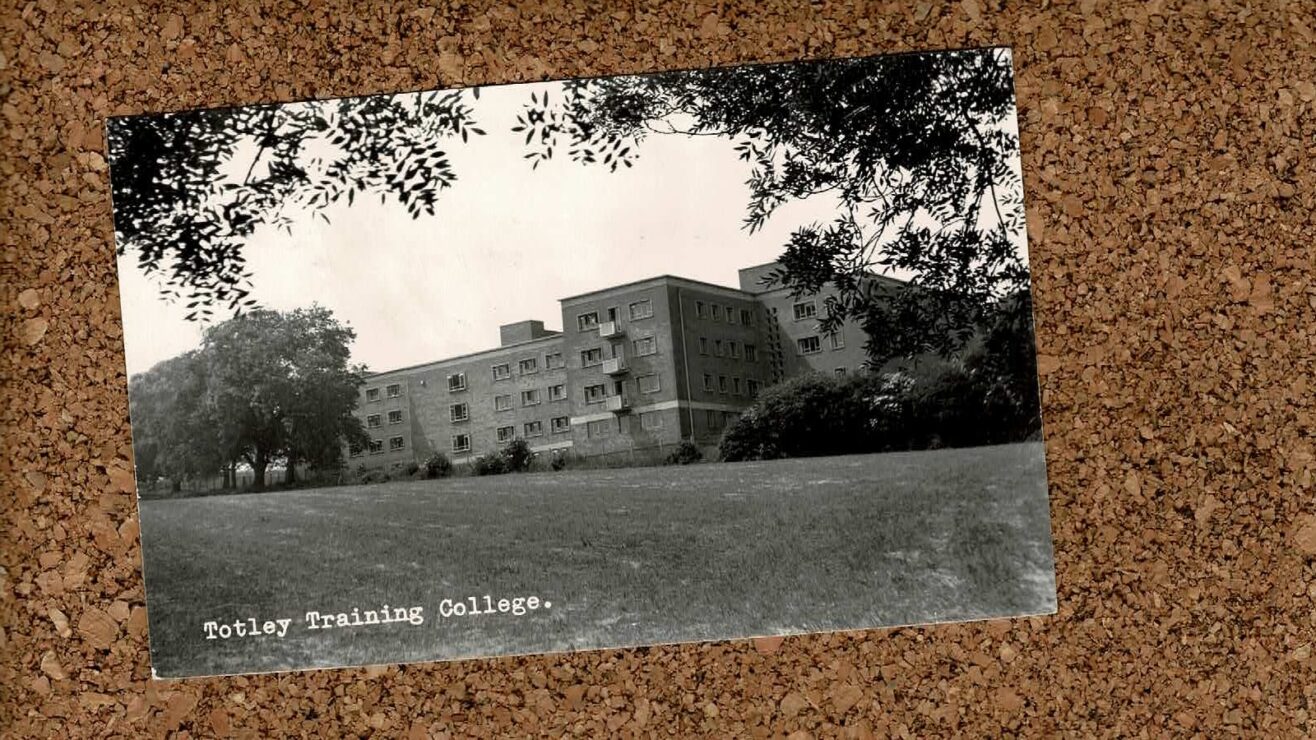Greetings from Tottenham!
And here, on Tottenham High Road, is the Tottenham Polytechnic, established in 1897 by Middlesex County Council, on the site of an old school. The buildings and fit-out cost about £6,000; it had classroom space for 1,200 students. And in the first year numbers grew from 400 at the start of the autumn term to 750 by December of that year. It was a resounding success, and it seems the neighbouring Borough of Hornsey looked on with envy. “The appellation, ‘Tottenham the sleepy,’ must surely be changed now to ‘Tottenham the enterprising’” wrote the Hornsey and Finsbury Park Journal on Saturday 18 December 1897.
Polytechnic was not just a synonym for college. It denoted a particular philosophy of education in which an institution would provide not only technical education of a high standard, but also opportunities for social development and recreation. The forerunner in London was the Royal Polytechnic Institution on Regent Street, established in 1838, which later became the Regent Street Polytechnic and is now the University of Westminster.
A number of other polytechnic institutions were created in London the late nineteenth century – for example, Woolwich (now part of University of Greenwich), Battersea (now the University of Surrey), and Borough (now part of London South Bank University south of the river; and the Polytechnic of North London (now part of London Metropolitan University) and the South West London Polytechnic (which became part of Chelsea Polytechnic, then part of King’s College London and the University of the Arts). The inspiration came from the Royal Polytechnic Institution, the money came from the City of London Parochial Charities Act 1883, which enabled surpluses from medieval charities in the City of London to be used for the benefit of the capital’s residents more widely.
So the creation of the Tottenham Polytechnic was part of a more general movement across London. It shared its premises with a school, and so most of its teaching took place in the evenings, with a focus on technical and commercial subjects. In 1913 the school moved, and so Tottenham Polytechnic could add day courses: junior technical schools for boys and girls, teaching children from ages 13-16. A nearby school – Blanche Neville School for the Deaf – was a pioneering establishment. And so Tottenham Polytechnic offered classes in lip reading for teachers and parents, and in language skills for deaf adults.
The polytechnic continued to grow in popularity, with Her Majesty’s Inspectorate of Education apparently reporting a frankly unbelievable 102,827 students enrolled in 1938-39 (student record people – maybe if this was a count of instances of enrolment on a short course or module, it might be more plausible – what do you think?). But in any event there was clearly a lot of education going on.
In 1930 the polytechnic survived a nearby fire. As the Scotsman reported on 17 December 1930:
Heavy damage was done to Schmarmann’s rubber factory in Portland Road, Tottenham, early yesterday morning, by a fire which raged for hours before it was got under control, and which threatened to spread to the Jewish hospital, some fifteen yards away, and to the Tottenham Polytechnic.
In 1939 new premised were opened, and the polytechnic was renamed as Tottenham Technical College. It stayed in the FE side of the local authority divide when Middlesex Polytechnic was created in 1973. And it is now part of the College of Haringey, Enfield and North East London, which in turn is part of Capital City College.
The card was send in June or July 1909 to Miss James of Upper Dovercourt, Essex.
Dear Nell, Am here safe and a, not quite dead. I am very busy with work [unclear] this week. Am off to Islington this morning if all is well. I hope you had a fine Sunday. It rained pretty [unclear] for the road. Yours, Will














What is interesting is the subscript of Tottenham County School – a Balfour Act co-ed selective secondary school that soon after this photo moved just up the road to new premises in Town Hall Approach to complete a suite of civic buildings including the Municipal Hall; Tottenham Town Hall; the fire station and nearby-by the Blanch Neville School for the Deaf. Almost a campus of education.